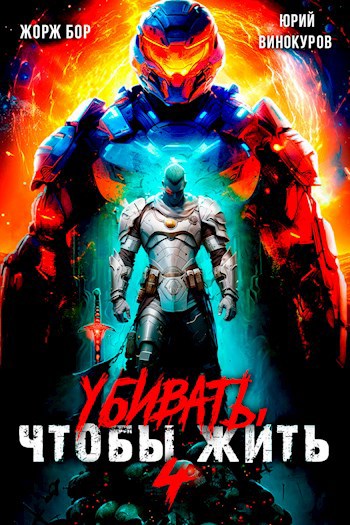Читать книгу "Мозг. Советы ученого, как по максимуму использовать самый совершенный в мире орган - Майк Трентер"
Шрифт:
-
+
Интервал:
-
+
Закладка:
Сделать
Перейти на страницу:
Перейти на страницу:
Внимание!
Сайт сохраняет куки вашего браузера. Вы сможете в любой момент сделать закладку и продолжить прочтение книги «Мозг. Советы ученого, как по максимуму использовать самый совершенный в мире орган - Майк Трентер», после закрытия браузера.
Книги схожие с книгой «Мозг. Советы ученого, как по максимуму использовать самый совершенный в мире орган - Майк Трентер» от автора - Майк Трентер:
Комментарии и отзывы (0) к книге "Мозг. Советы ученого, как по максимуму использовать самый совершенный в мире орган - Майк Трентер"




